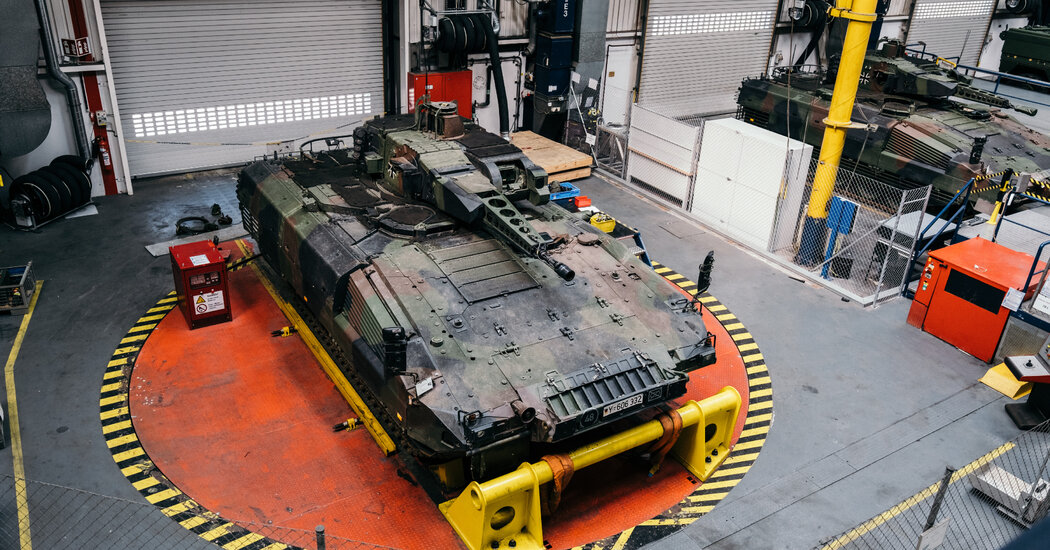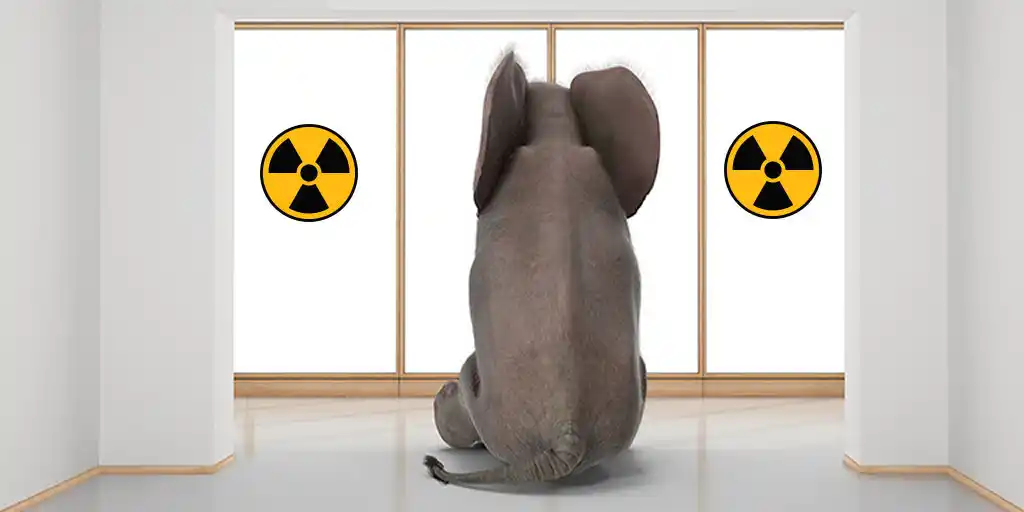Copyright The New York Times

As President Trump prepares to meet President Vladimir V. Putin of Russia in the next few weeks, hoping to find agreement on a cease-fire that Moscow has repeatedly rejected, a senior German general said that unless Russia is stopped in Ukraine, democracy and the rule of law in the rest of Europe will be at severe risk. “The only reason for Putin to stop is if he is stopped,” said Lt. Gen. Alexander Sollfrank, and that requires pressure. The stakes in Ukraine are fundamental, he said, “if we want to keep our peace and our freedom, and we want to keep our political systems, our democracies, our pluralism, federal structures and everything that we have.” General Sollfrank is the commander of the German Army’s joint force command — its operational forces in the field — and Germany has been Ukraine’s biggest backer in Europe. He had a similar job at NATO and earlier fought in Afghanistan as commander of a rapid-reaction force that saw serious action. He spoke in an interview last week at his Berlin headquarters. As Mr. Trump tries again to wrangle Mr. Putin into a cease-fire in Ukraine that Russia does not want without significant Ukrainian concessions of territory, General Sollfrank said that the accomplishments of the postwar world were at risk if Russia prevailed in Ukraine. As a nonpolitical military commander, he would not speculate on how Mr. Trump might help that process further or how American Tomahawk cruise missiles might affect the war. On Friday, after speaking with Mr. Putin the day before, Mr. Trump seemed to backtrack while meeting with President Volodymyr Zelensky of Ukraine on the idea of providing the missiles to Ukraine. Mr. Trump’s refusal so far to put any pressure of his own on Mr. Putin has been a theme of his presidency, as much as he would like the killing to stop. The problem for the Europeans is that they have made an open-ended commitment to supporting Ukraine with no obvious strategy of their own for ending the war, at least not without American pressure on Russia. And the Russians, the general said, are already “rebuilding and reconstituting their land forces, even while attacking Ukraine, and they are also learning consistently.” On the ground in Ukraine, there is an effective stalemate at the front lines, with neither side able to gain much territory in a war of heavy ammunition and increasingly sophisticated drones. Russia’s summer offensive produced very little gain. Instead, both sides are trying to damage the other’s civilian infrastructure with longer-range missiles and drones: for Russia, Ukraine’s energy and heating plants; for Ukraine, Russia’s refineries and pipelines. “War, of course, is highly contingent, but the front line remains pretty static,” said Franz-Stefan Gady, a military analyst who travels often to Ukraine’s front lines. “Neither the Russian nor Ukrainian forces are likely to achieve a breakthrough in the next six months,” he said. “The Russians lack the operational capability to take advantage of any breaks in the line, and the Ukrainian side lacks manpower.” Each side is trying to exhaust the other. “The current trajectory is bad for Ukraine, but not catastrophic,” Mr. Gady said. With the exception of Germany, the main European countries have high debt and little space in their budgets for extra spending on Ukraine, aside from what NATO now requires from them. The French are having trouble passing any budget. So the European Commission in Brussels is trying to devise legal ways to use the 220 billion euros ($257 billion) in frozen Russian assets in Europe as a form of collateral for an interest-free loan to Ukraine — €140 billion ($163 billion) for defense, suggested Chancellor Friedrich Merz of Germany. The proposed loan would be guaranteed initially by European Union member states and later backed by E.U. budget funds (from the next long-term budget cycle, post-2028). The money would be used both to buy weapons from Europe and the United States and to invest in Ukraine’s own expanding arms industry. But so far the idea is opposed by Belgium, which holds most of the frozen assets and fears legal liability, and by the European Central Bank, which fears damage to the euro. In a meeting of NATO and European defense ministers last week, it was estimated that Ukraine would need about $120 billion next year alone. Brussels believes that $4 trillion will probably need to be spent on defense over the next decade. Chancellor Merz has said that he intends to build “the largest conventional army in Europe,” a sizable task involving much more than increased numbers of soldiers. General Sollfrank said the goal was to be “kriegstüchtig,” or fully “war capable,” by 2029. For Germany, he said, the main issues are increasing its armed forces from the current 182,000 to 260,000, with an additional 200,000 trained reservists; building better, faster ties between technology and military industry; and cutting the bureaucracy to obtain modern equipment. “It’s easy to reduce, we’re very experienced at reducing,” he said with a grimace. Building up to what’s required “is a huge task.”



